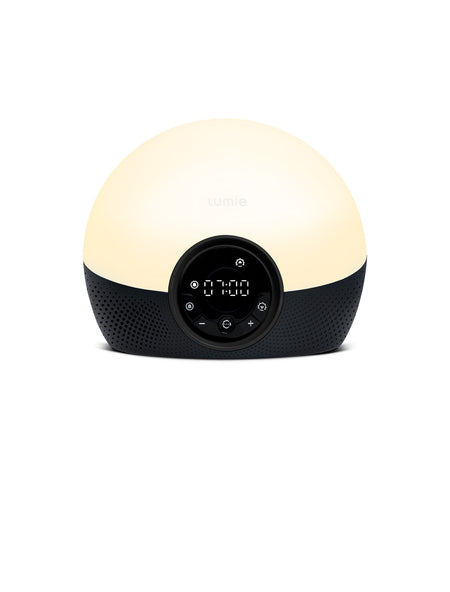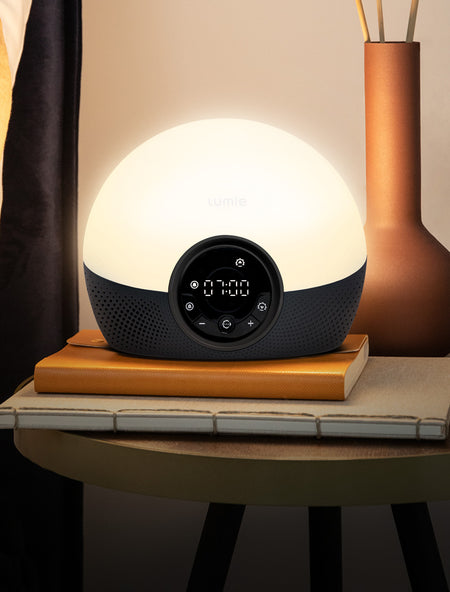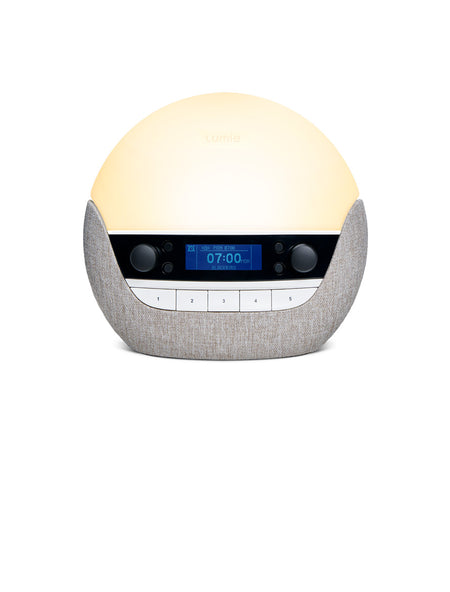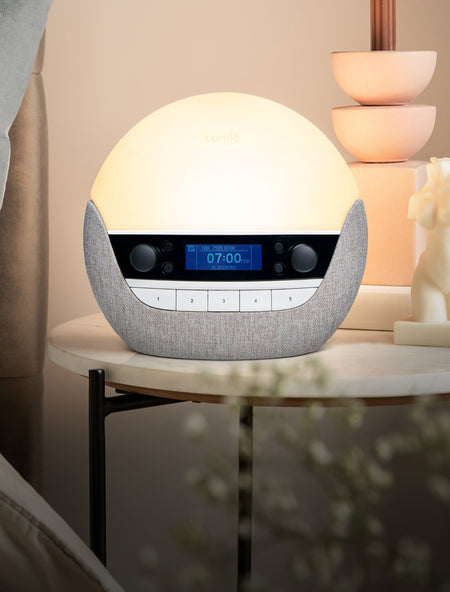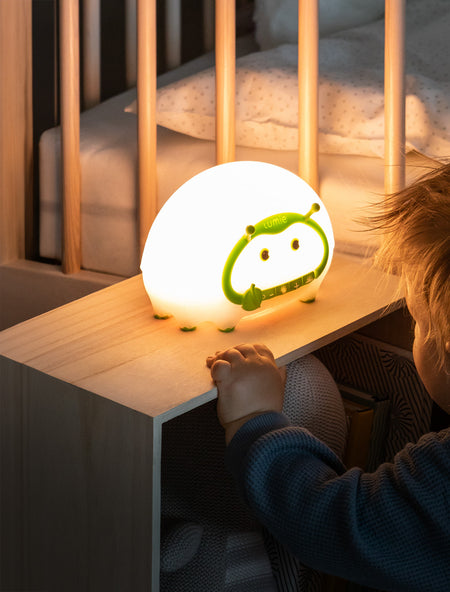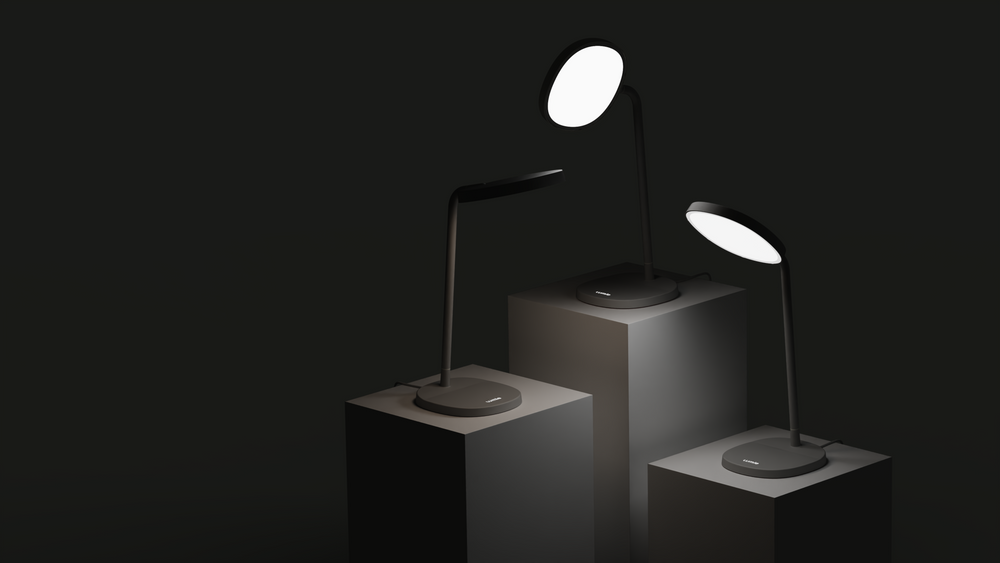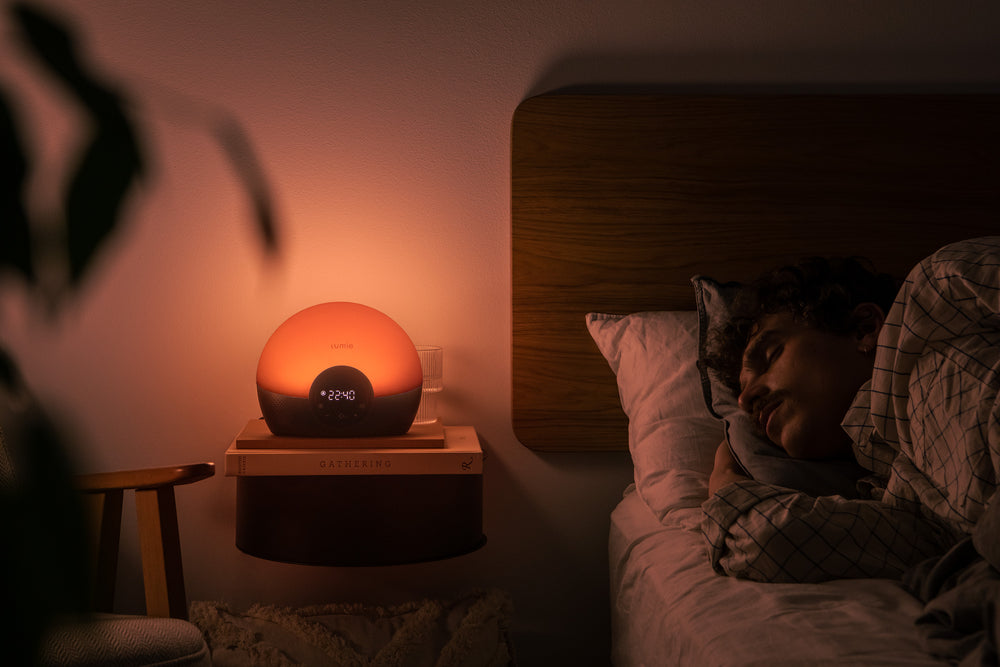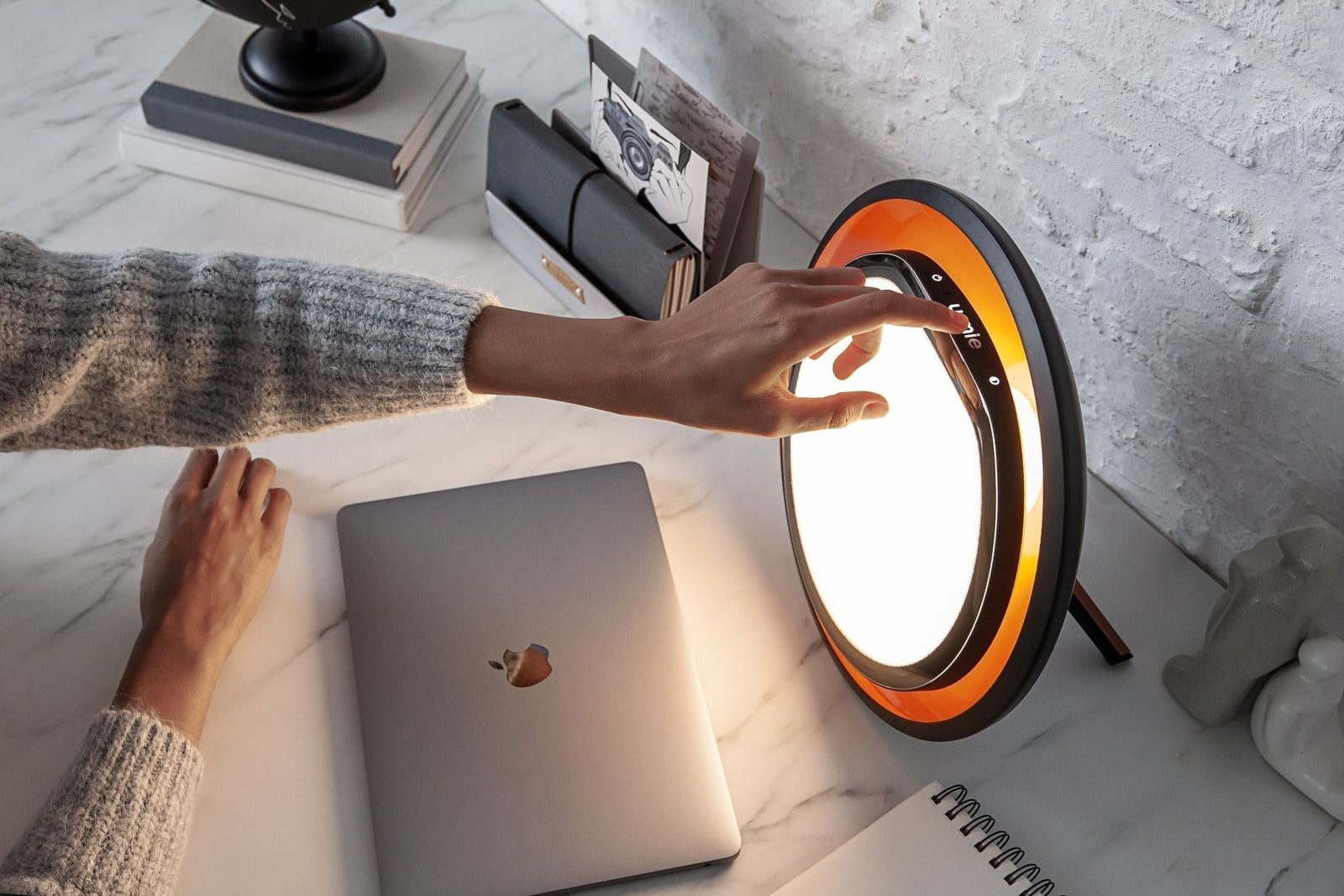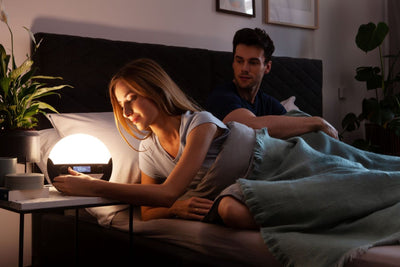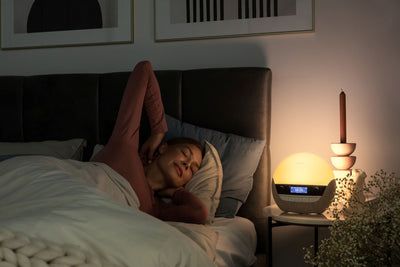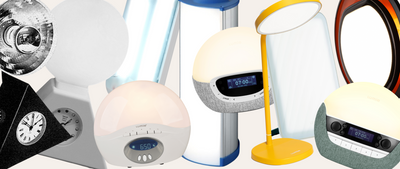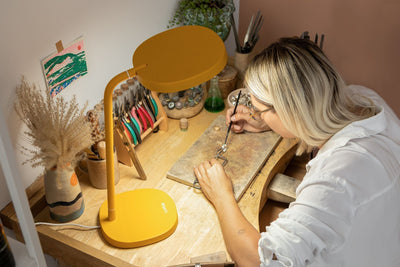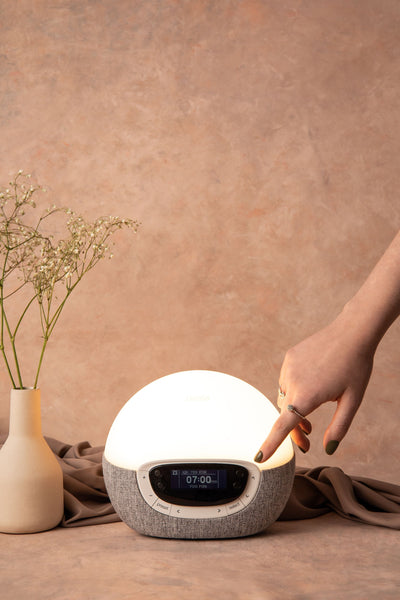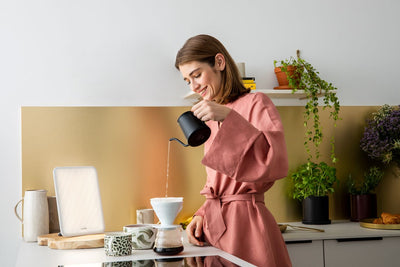How can light therapy help you at work?
Light therapy can have a huge impact on our mood, energy levels and overall well-being! Whether you’re working from home or in the office, bright light therapy can play a huge role in your working day, helping to improve concentration and increase alertness.
It has never been more important to look after your mental health. The Office for National Statistics(1) estimates that in 2013, 15 million working days were lost due to anxiety, stress and depression, contributing to poor performance on the job, lack of motivation and strained relationships.
In the UK, seasonality is responsible for the onset of depressive conditions such as Seasonal Affective Disorder (SAD) and winter blues. Around a quarter of adults (22-45yrs) are affected with 17% getting the winter blues and a further 7% suffering with SAD(2).
Why do we need light?
Throughout every day, and even whilst we’re asleep, our body is responding to our ‘circadian rhythms', the daily patterns of mood and behaviour that help us to function at our best. Circadian rhythms use hormones and other chemical messengers to regulate our sleep and wake cycle as well as a whole range of other daily processes including appetite, mental alertness and metabolism, and these are all switched on or off according to our internal body clock.
When the SCN sees inconsistent light patterns (e.g. when we vary our sleep routine) or weak light signals (e.g. when we spend time in a poorly-lit environment) it can disrupt our circadian rhythms e.g. on gloomy winter days, melatonin levels stay high during the day so we feel permanently sluggish.

The body clock function lies within the suprachiasmatic nuclei (SCN), a small group of cells at the back of the brain. These cells need strong, regular light signals from the eye to differentiate day and night and keep time effectively, e.g. releasing melatonin when it’s dark, a hormone that prepares the body for sleep.
Over a prolonged period, this can cause quite profound hormone and chemical imbalances and circadian misalignment is now acknowledged to be closely linked to lack of energy and motivation, mood disturbances, sleep disorders and conditions such as SAD.
Some days in winter there are only eight hours of daylight and commuting, work and activities either end of the working day mean we can easily miss out on all of them. It's no wonder that the winter months present challenges with a sick and subdued workforce.
How to use light therapy at work
While spending at least 45 minutes a day outside would be the best solution, the British weather and work commitments mean this is not usually possible. Research shows that we really need bright light of about 2,000lux to keep the symptoms of winter blues at bay but even the brightest offices only measure around 500lux. Exposure to a light box (2,000-10,000lux) for 15 - 45 minutes a day will quickly decrease sleepiness, restore vitality and boost mental alertness, energy levels and productivity. It is also a potent and effective treatment for SAD and winter blues.

For employees who are not lucky enough to sit next to a large window, or for employees that suffer with SAD, Vitamin L is ideal. These are specially designed to provide individuals with bright light therapy whilst they're working, for a fast and effective boost to mood and concentration.
Using a number of larger, more powerful lights works really well in a group setting. One idea is to create a 'light lounge'; adding several Brazil lights to an existing seating area is a simple way to provide a bright environment where employees can take 15 minutes to recharge their batteries. Another option is to install a number of Brazil lights in the staff restaurant, where employees can enjoy the benefits of light therapy and return to work feeling motivated and productive after the ultimate light lunch. View all lights designed for light therapy at work.
1. Office for National Statistics. Full Report: Sickness Absence in the Labour Market, February 2014. 2. ICM Online Omnibus conducted for Lumie 2007-8 in which 2000 people were polled.




